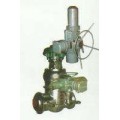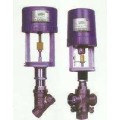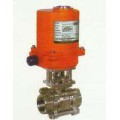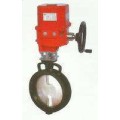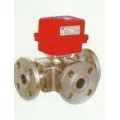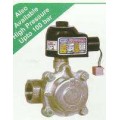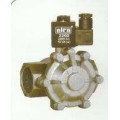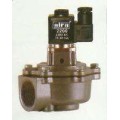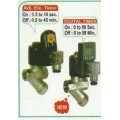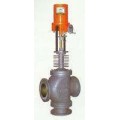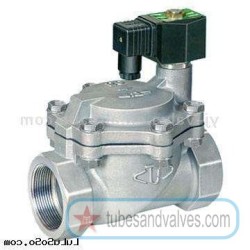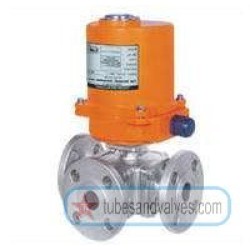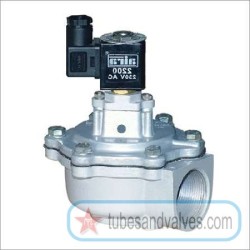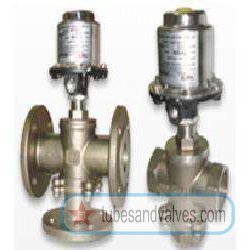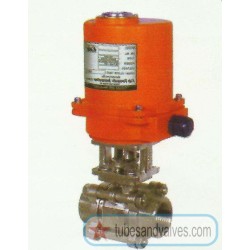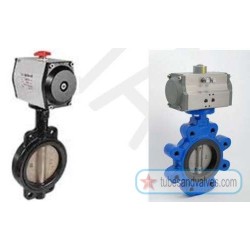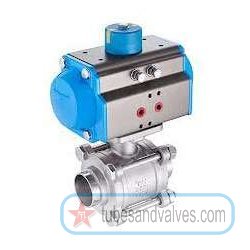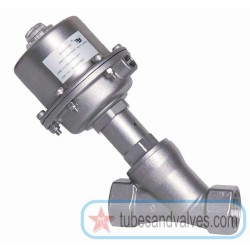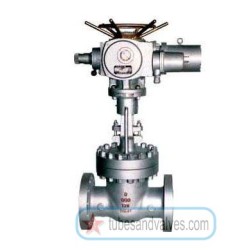Electrical Operated Valves (EOVs)
Electrical operated valves (EOVs) are a versatile and powerful type of valve. They provide reliable on/off, modulation, or timing control of liquids, gases, and other fluids. EOVs are frequently used in a variety of industrial applications and are becoming increasingly popular due to their cost efficiency, reliability, and easy installation and maintenance. EOVs are designed to allow a user to control the flow of fluid through a system and can be easily programmed to perform a wide range of duties, from something as simple as a shut-off valve to more complicated tasks, such as regulating and boosting pressure.
EOVs are designed to be operated either manually or electronically. Manual, or mechanical types of EOVs use a lever, knob, or wheel as a control, while electronic EOVs can be programmed to open or close automatically. Electronic EOVs are often used when greater precision and control are needed. They are also frequently used in applications that require a signal, such as a starter or sensor, to initiate the valve’s operation.
When purchasing an EOV, the most common configuration is a three-port valve, with inlet, outlet, and control connections. In two-port valves, the inlet is connected directly to the outlet. In addition to the port number and type of control system, buyers will want to consider the valve’s internal construction. This can refer to the size and type of valve regulator, actuator, and other components. The most important factor when making an EOV selection is the Cv rating, which indicates the flow capacity.
There are several benefits to using EOVs over traditional manual valves. In general, they have a lower cost of ownership, require less maintenance, and provide a greater degree of control. When compared to pneumatically operated valves, EOVs offer superior accuracy and response time. And because EOVs are powered by electricity, they are able to provide consistent and reliable performance in a wide range of applications.
EOVs are available in diverse configurations, including direct-acting valves, pilot-operated valves, and solenoid- and diaphragm-operated valves. Direct-acting valves are usually used for flow control and feature an electromechanical actuator to precisely open or close the valve. Pilot-operated and solenoid-operated valves work in a similar fashion but feature a small electronically controlled pilot valve to operate the main valve. Diaphragm-operated valves include an electronic control to activate the diaphragm and operate the valve.
In conclusion, EOVs are an efficient and cost-effective solution to a variety of industrial applications. Their versatility and reliable performance make them the ideal choice for many situations. With a variety of designs available, buyers should carefully consider all the factors when selecting the best type for their specific application.
FAQs for Electrical Operated Valves
Frequently Asked Questions about Electrical Operated Valves
What are Electrical Operated Valves?
Electrical Operated Valves are valves that are controlled by an electric motor or solenoid. They are used to regulate the flow of fluids or gases in a variety of applications.












































